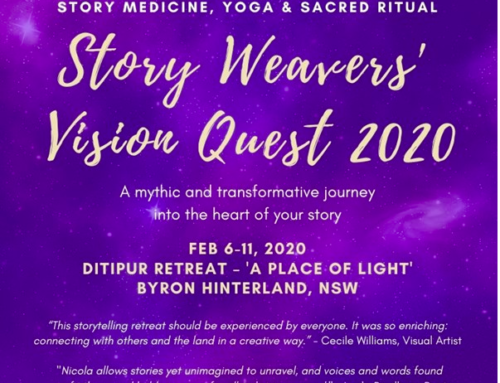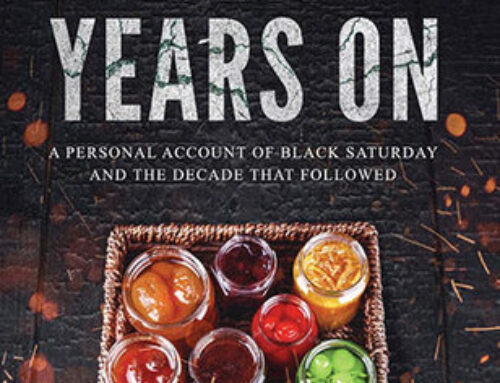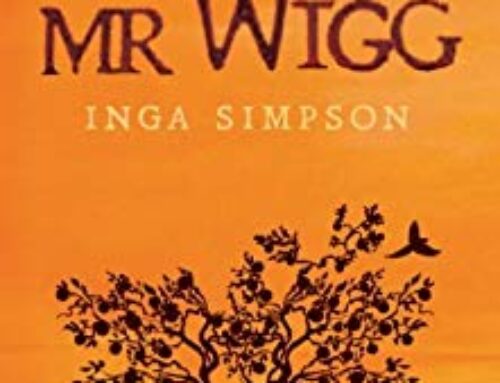Courting the Wild Twin by Martin Shaw (Chelsea Green Publishing, 2020)

What’s so utterly compelling for me about this book is that it grapples with the deliciously sticky, dark mud of being human. By now, most of us have heard far too much from aloof Eastern (and Western) gurus of the power of the neutral mind, of finding some serene, detached, safe place within from which to witness all of life with equanimity. Too many of these gurus have now been exposed as carrying their own shadow of abuse and hypocrisy, all the heavier for being hidden and denied. (Take the recent example of Yogi Bhajan who brought Kundalini Yoga to the West.)
Mindfulness teachings have their place, and yet… is there a danger in such “polite society” of exiling our wild twin? And who is this wild twin. “For every intention we have, there is an equally strong counter-intention, and sometimes that hidden intention creates a more unruly but ultimately more rewarding narrative for our lives.”
With breathtaking and often gut-wrenching poetry, Martin Shaw retells two traditional folktales that speak of a wild twin, either cast out in the dark forest at birth, or hidden beneath a visage that is repellent to those who deem what’s acceptable in our society. Both are stories of a wild twin who is in some way ‘exiled’ at birth and must be reclaimed and rewoven into the incomplete psyche to find what Shaw calls a more ‘tempered’ way of being in the world. He defines tempering as a blend between moderating excess and stretching or tuning an instrument “to make it taut”, in this case the instrument of the soul. He favors this terminology over the more popular concept of ‘initiation’, preferred by priests, gurus and shamans as a doorway to some ideal state of wholeness or connectedness. By contrast, tempering is a process that might continue for one’s whole life – a circular or spiral process that we can revisit endlessly as we fine tune our souls to meet the challenges of this earthly realm.
Reading Shaw’s most recent book helped me make sense of choices made in my early and mid-twenties to abandon the path of the ‘temple maiden’ or the yoga ascetic, dedicated to a quest for enlightenment, and to embark instead down the muddier path of the householder/wife/mother/employee and writer/artist. By this latter path I could experience the full gamut of earthly ambitions and desires, revelling in some, being mediocre in others, and failing in still more. The purpose of this earthly journey, as Shaw puts it, is:
“To profoundly show up. Not as a caricature, but [as] me in my own peculiar shape.”
This is why traditional stories and storytelling are so important: because they map and guide the personal journey through the profane as well as the sacred, the mundane as well as the weird, the ordinary as well as the magical. Like many who have meditated and practiced mindfulness, I have known moments of profound peace and acceptance, and yet I would not trade my human life for an eternity of such perfect unity. Not yet, anyway!
If not this miraculous, marvelous, terrible, tragic, unpredictable and ever-fertile landscape of possibility and imagination, then what? Even if duality means embracing the dark as well as the light, the fear as well as the love, the sorrow as well as the joy, and the pain as well as the pleasure, imagine if none of this had ever existed? If it is possible to imagine such a thing.
Shaw explores towards the end of his book how we are living in crazy times, and how old stories such as ‘The Lindworm’ and ‘Tatterhood’ are as “complex and philosophically astute as any form of thought you could hope to encounter; it is nothing less than a university of the soul… these stories are telling us how to live.”
Much more than a mythic and psychological exploration of these two tales and what it means to rediscover and reconnect with an inner wild twin, Shaw’s book is also an exploration of what it means to be a storyteller. He offers glimpses into his own journey of unbecoming – how paralyzed he was as a younger man, witnessing the genius of performers such as Scottish storyteller Robin Williamson. With acute humility, Shaw describes how he had to shed many skins of pretence and self-defense before he could finally show up as himself.
“Storytelling is a wild way of telling the truth, and the most radical way of doing that is entering any situation with the fullness of your being.”
The last third of his book is concerned with what he calls ‘underworld etiquette’, and in the wake of the Covid-19 global pandemic that is turning modernity on its head, the pages of his book ring like apocalyptic gongs, promising both doom and a kind of redemption that the tamed imagination can barely (if ever) grasp.
“Our insides and outsides are in a face-off. Manners tend to come with the arrival of consequence to our actions. To something up close and likely bringing a little buckle to the knees.”
Although this feels like more than a buckle, as the whole world falls to its knees (and may yet fall on its face), and so many of us are required to self-isolate to protect ourselves and our loved ones from the microbiological beast we have unleashed on the world through our selfish use and abuse of the Earth’s resources, and especially of our other-than-human, sentient companions. But will this consequence be enough?
“I think we are in the Underworld and haven’t figured it out yet,” says Martin Shaw. “Both inside and outside us. The strange thing about the Underworld is that it can look an awful lot like this one. It’s not situated in those esoteric graphs and spiritual maps we study, it’s situated as a lived experience.”
Martin describes the ‘night world’ we are entering and offers the wisdom of the old myths and stories as guidance and wayfaring clues for these darkened times. “Staggering spiritual repair is called for. It’s not just those bad white men in power who did this. We all did.”
Shaw’s poetic prose expresses deep sorrow for and rage against the havoc modernity has wreaked, and yet he also offers hope and redemption for those who step up in self-responsibility, answering to the call to action that Mother Earth has voiced, in oh so many ways.
“Let the buck stop with you. Where is your self-esteem if you claim the world is doomed with you still kicking in it? How can that be? What are you, chopped liver? Is that really your last word on that matter? I’m not suggesting a Hercules complex land on your shoulders, but if ever you longed for a call to action this is the moment.”
Succumbing to doom or despair is a kind of arrogance that does not allow for the uprising of the miraculous, such as is happening now through Covid-19. We have made a monster through our monstrous treatment of live animals, but this microscopic organism has brought modernity to a standstill, sending all of us to our room for ‘time out’, time to remember what really matters, time to stop and breathe and cherish our aliveness, time to rest from the hustle and bustle of economic and personal progress. Time to feel and express our grief and to “weave our grief into something more powerful… possibility.”
“The night world is where we are
I say it. I say it till we may hear it.
And in that darkness, we remember what we love the most.
That itself is the candle.”
Shaw, Martin. Courting the Wild Twin. Chelsea Green Publishing. Kindle Edition.



Thank you. Without even reading the book I am drawn to it’s powerful invitation.
I’m about half the way through the book, and this review gives me some more appreciation of it. I found the language a bit strange at first; but in his mystical and wild consciousness, he strikes me as the wild twin to Emily Dickinson, whose poetry defies all description. She stayed very much within the tame domestic circle of her home and family, yet in her imagination and her communion with nature, she walked on the wild side. Thank you for pointing me to the book in the first place.